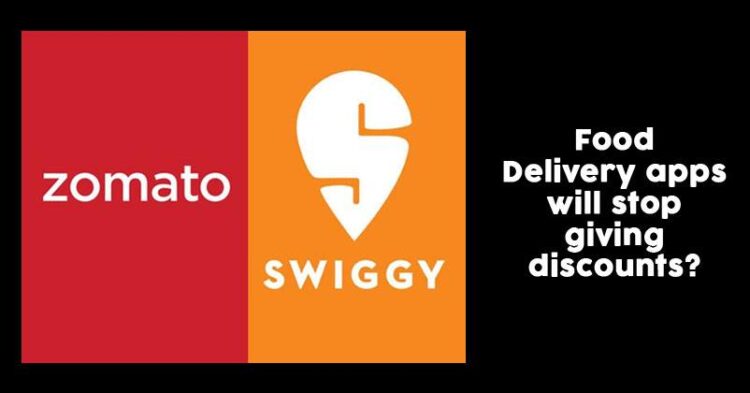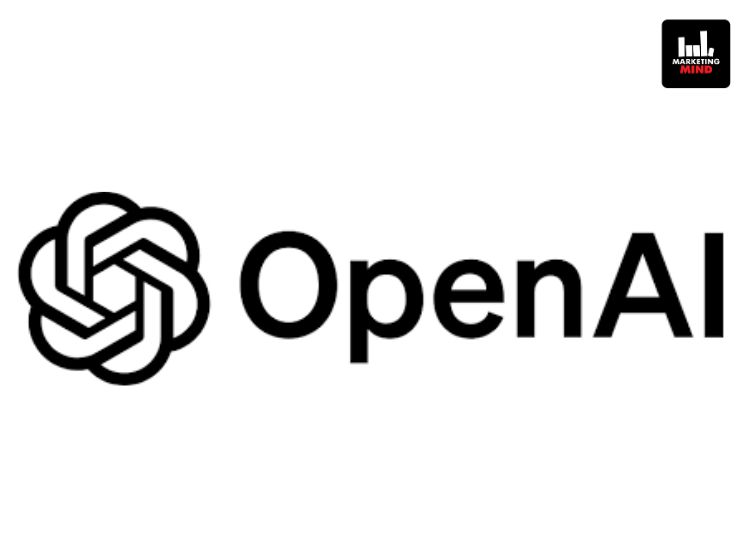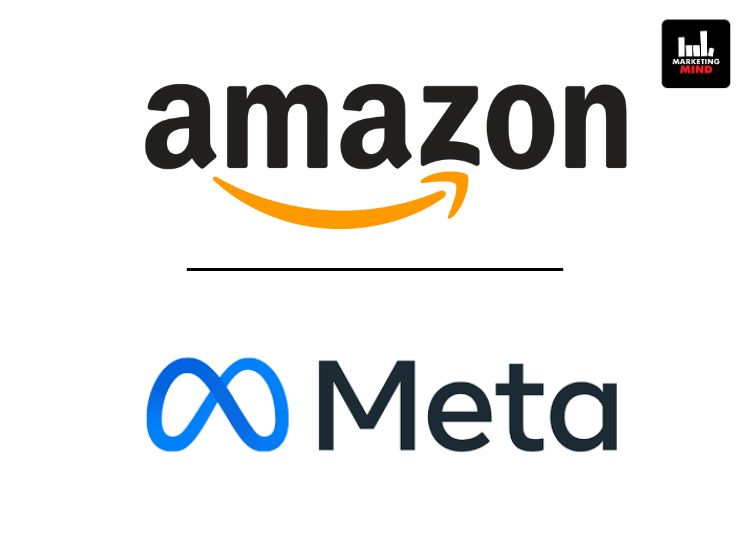One things that we Indians enjoy the most is discounts and even better when its on food. Food delivery apps like Swiggy, Zomato, FoodPanda and UberEats have now been in a forever mood to spoil us with their tempting offers.
But given a thought the reason behind this is not to only attract customer and increase sales but also to cut off their competition from the market. However, this year leading food delivery brands Zomato and Swiggy will lower their discounts by 40% while UberEats and FoodPanda are expected to reduce it by more surely causing financial obstructions to the foodies who largely rely on such alternatives on a regular basis.

Zomato & Swiggy to Cut Down on Discounts
Due to heavy discounts levied by Zomato and Swiggy to retain older customers and attract new ones, they are incurring heavy losses of 260 crores every month. Sure, the discounts appear microscopic at the customer levels but cumulating the restaurant handling charges, taxes and delivery charges, they appear to be a flinching factor. Zomato reports that most of the loss it incurs is on food delivering, approximately Rs 25 per delivery.
Swiggy will increase order density by building products and expanding its restaurant base to drive repeats from its existing users. With the help of its loyalty programmes like Swiggy Super, Swiggy Daily, Swiggy Pop and student campus app Swiggy Launchpad, Swiggy has increased it customers’ loyalty by 50%. It aims to expand its business by starting a pilot programme, called Swiggy Daily, which will offer home-style meals on a budget, to increase customer base and make the whole process affordable.
Nevertheless, unlike Swiggy that is entirely logistics based work, Zomato’s business plan is focused on tapping food industry end to end.
Core Strengths of Zomato and Swiggy:
In Feb 2019, the National Restaurant Association of India (NRAI) demanded a code of conduct to be put in place for the online food aggregators, which had dismantled market with deep discounts. To make the food delivery business viable, delivery platforms will have to create repeat use cases, increase restaurant density and ultimately control delivery costs per order by creating higher utilization of their fleet.
Swiggy operates in 160 cities with a fleet of 1.8 lakh active delivery partners, from over 90,000 restaurant partners, while Zomato aggregating restaurant discovery and food delivery, serves in 10K cities from 1.4 million active restaurants.
Swiggy’s revenue stood at Rs 470 crore on a loss of Rs 397.3 crore for FY2018, while that of Zomato clocked at $155 million for FY19, more than 300% compared to $38 million in FY18.
India’s food delivery market is expected to increase by $2.5-$3.5 billion by the end of 2021, giving these food delivery companies a prime area to expand.
















